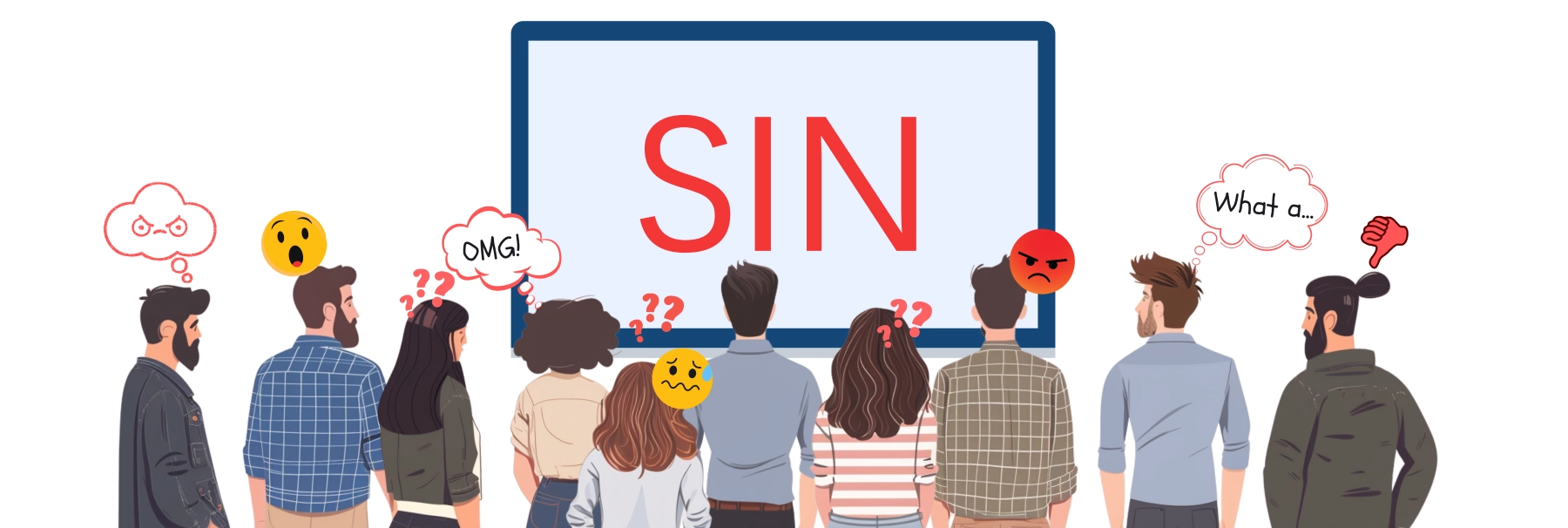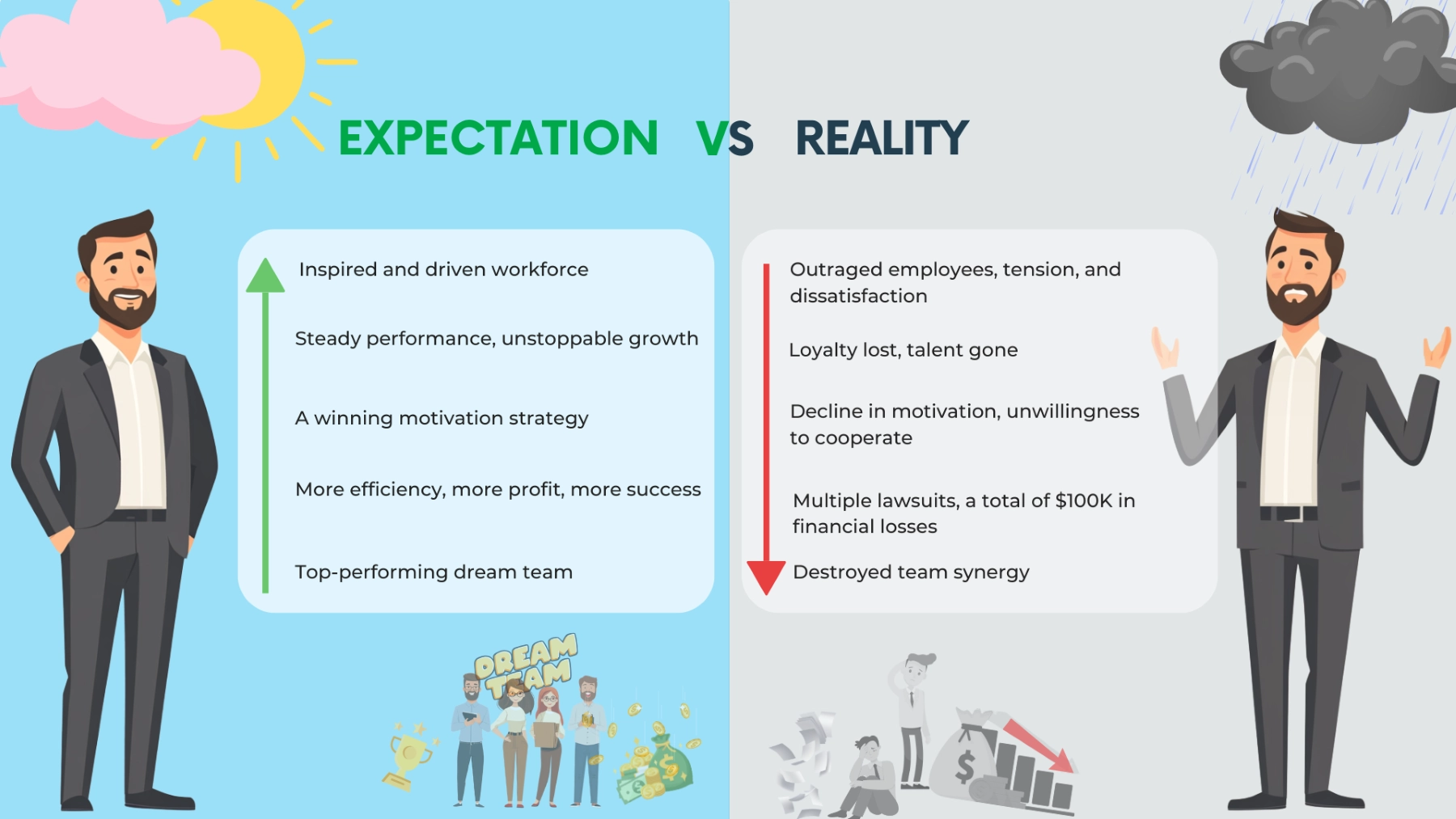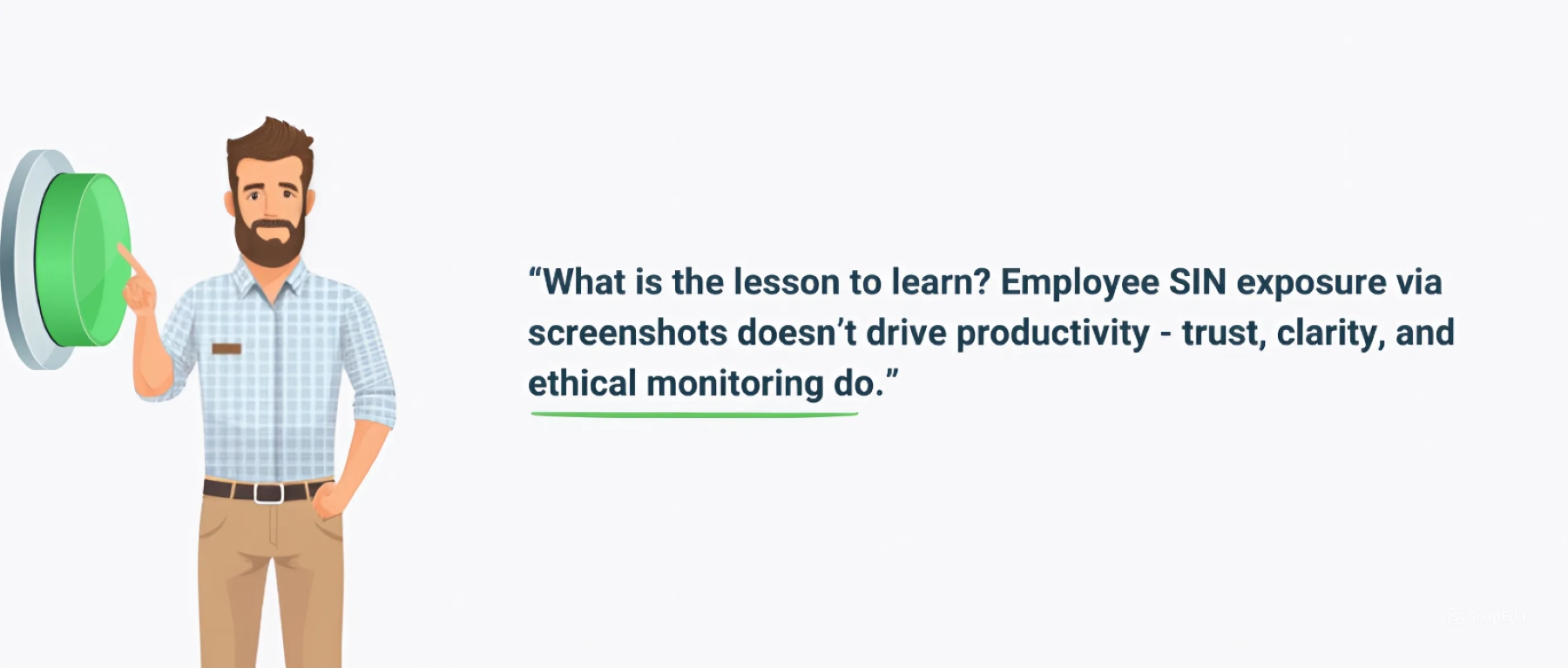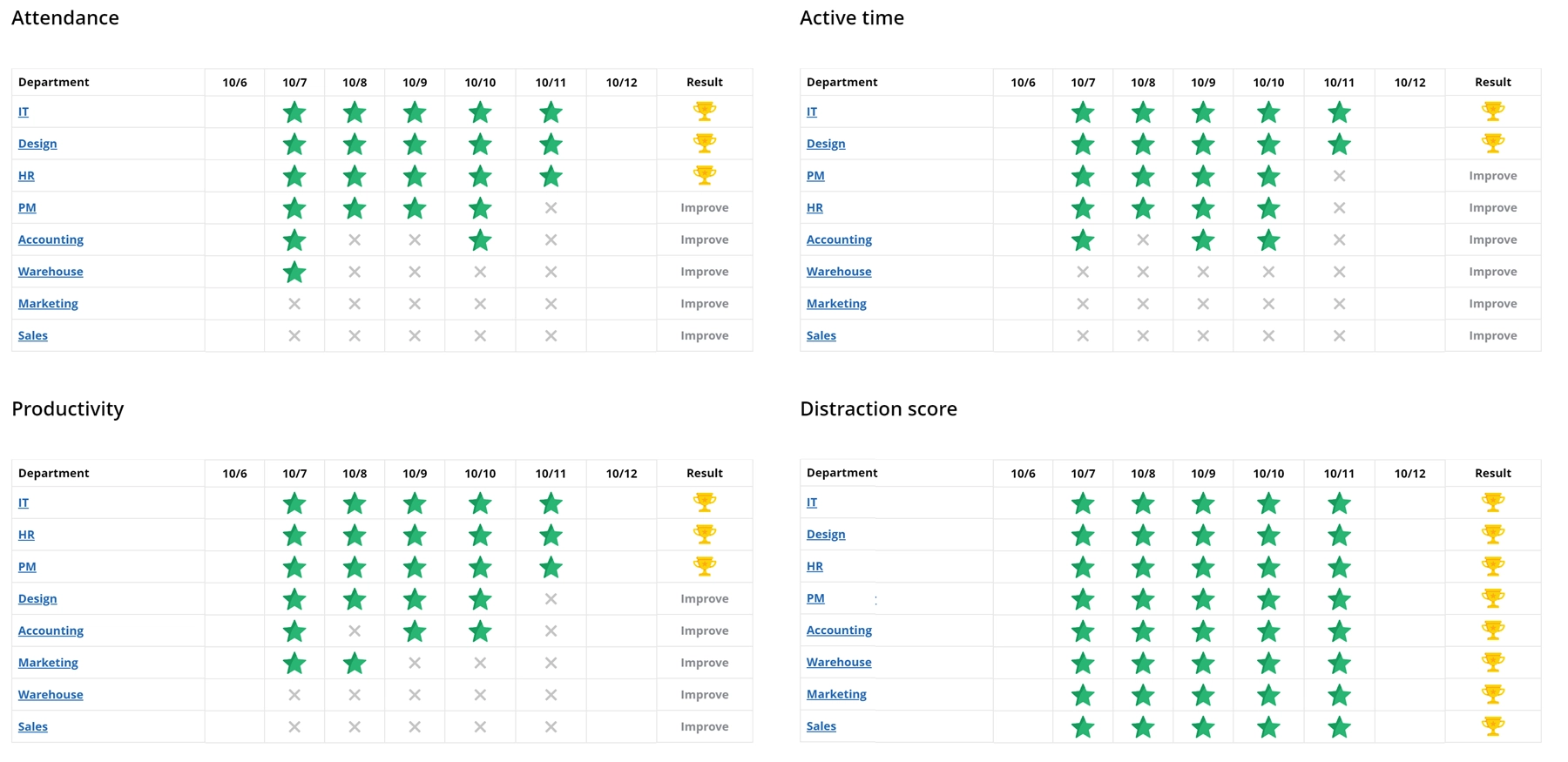This article was prepared by WorkTime, a non-invasive monitoring solution designed to ensure maximum efficiency without compromising privacy.
What’s happened?
The owner of one company insisted on displaying real-time screenshots of employee desktops on the company TV. This resulted in the disclosure of confidential data, including salaries, private health information, and social insurance details. Instead of an expected productivity boost, this invasive monitoring practice led to numerous privacy breaches and lawsuits, costing the company over $100K in legal fees. Read more about this shocking case here.
What went wrong? SIN exposed!
Let’s look at the most alarming outcome in this case - social insurance numbers leakage. Someone’s SIN was simply displayed on the company’s screen. This is the direct result of the invasive screenshot monitoring feature. It constantly captured and displayed employee desktops, including confidential information. Instead of productivity monitoring, the intrusive software exposed data that should have remained private.
This is a prime example of how invasive monitoring backfires. Broadcasting employee screens wasn’t just unethical. It was a privacy disaster that led to lawsuits, financial losses, and a complete breakdown of trust.
Invasive monitoring apps randomly capture sensitive information, creating unavoidable security risks. This case shows how personal data like social insurance numbers can easily end up in the wrong hands, especially when it is broadcasted on the office display.
The Reddit user who shared this shocking story mentioned that his colleagues took photos of private information leaked via screenshot slideshow. When you use invasive apps for screen monitoring, it’s just a matter of time before it can be compromised.
Let’s take a moment to consider what could happen when sensitive data, like social insurance numbers, is exposed like this. Below are the most likely developments of events:
- Social insurance numbers can be used for identity theft. Fraudsters can open credit cards or loans in your name. Also, it is possible to claim tax refunds under your identity.
- Employment & government benefit fraud. Scammers can use your SIN to get a job, leading to tax problems for you. Moreover, social insurance numbers can be applied to claim government benefits, such as employment insurance, pension, or welfare.
- The exposure of SIN may lead to financial scams. SIN breach can even lead to the loss of your bank account. If the scammers obtain additional personal data, they can impersonate you and transfer money.
Expectation vs. reality
When viewed from the employer’s standpoint, everything seems completely different. Still, his chosen approach resulted in serious consequences.
1. The employer likely believed that displaying real-time screenshots would motivate employees, reduce distractions, and eliminate unproductive behaviors.
Instead of motivating employees, the fear-based approach created stress and disengagement. Employees became preoccupied with how they appeared rather than focusing on actual work.
PRO TIP. Productivity is best optimized through structured workflow improvements, clear expectations, and trust-based engagement, not through public exposure.
2. The employer thought real-time insight into employee screens would help identify inefficiencies and provide a clearer picture of team performance.
Instead of useful business insights, an invasive monitoring approach resulted in the disclosure of sensitive information.
PRO TIP. Transparency should not come at the cost of privacy. Employers need structured, ethical performance tracking that focuses on productivity patterns rather than invasive surveillance.
3. The employer wanted to use screenshots as evidence to make data-driven decisions about raises, promotions, or terminations.
Instead of objective performance evaluations, public screenshots exposed salary and termination information.
PRO TIP. Performance evaluation should be data-driven and holistic, based on productivity metrics, collaboration, and long-term contributions - not momentary snapshots.
4. The employer viewed screenshot-based monitoring as a powerful tool for business growth.
Instead of gaining a competitive advantage, the invasive approach led to lawsuits, $100K losses, and a toxic work environment.
PRO TIP. True business growth doesn’t come from micromanaging screens but from fostering a transparent, productivity-oriented culture.
This case highlights the fundamental error in the management approach, assuming that surveillance = productivity. Invasive monitoring doesn’t foster productivity - it destroys productivity. The real drivers of business growth are:
- Transparency and trust;
- Structured performance metrics (not screenshots);
- Ethical, non-invasive employee monitoring.
How not to get trapped?
This case is one of the most extreme examples of employee monitoring misuse. Displaying screenshots on a public screen was clearly excessive.
Why did this monitoring “strategy” fail? Because with screenshots you never know what you are going to catch. Screenshots monitoring is an invasive feature on its own, but exposing it on the office wall makes it only worse and totally out of control. In general, invasive screen monitoring is just the illusion of control. This case showed it backfired as a business strategy. Definitely, a non-invasive monitoring approach would have prevented this right from the start.
The invasive screenshot-capturing feature can be easily replaced by
WorkTime non-invasive leaderboards. Why is it better?
- You can recognize employees’ efforts in a non-invasive manner. This report includes only performance metrics, without capturing any sensitive information;
- With a full-screen option, you can display leaderboards on the office wall instead of constant real-time screenshot broadcasting;
- Encourage friendly competition. Leaderboards help motivate the team to cooperate and achieve productivity goals. It is a perfect alternative to constant pressure through intrusive surveillance methods.
To be continued…
It is not the end of the story. There’s still more to uncover - how did invasive monitoring destroy business? What lasting effects did it have on the company’s reputation? What is the hidden cost of invasive screen monitoring? We’ll continue to explore this shocking case in upcoming articles. Stay tuned!





